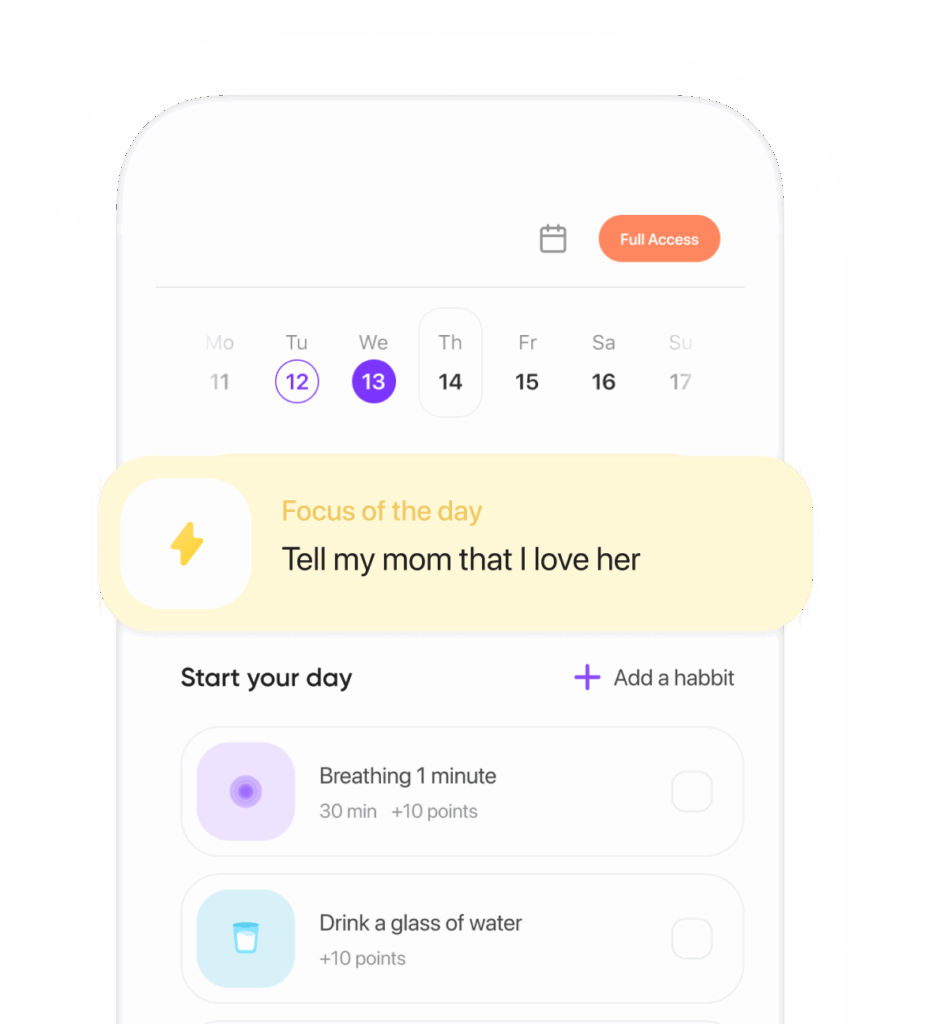Table of Contents
- Understanding ASD and Its Challenges
- Communication and Social Interaction
- Sensory Sensitivities
- Behavioral Challenges
- Academic and Occupational Challenges
- Emotional and Mental Health Challenges
- Navigating Social Relationships
- Technology and ASD: A Modern Approach
- Family and Caregiver Support
- Policymaking and Advocacy
- Conclusion
- References
Understanding ASD and Its Challenges
ASD isn’t just a single set of symptoms—it’s a wide range, including difficulties with communication, restricted interests, repetitive actions, and sensory issues. The Centers for Disease Control and Prevention (CDC) notes that about 1 in 44 children in the U.S. are on the spectrum. Think about that. The necessity to address and manage these challenges is crucial, isn’t it?
Communication and Social Interaction
Communication troubles—it’s a major hurdle for those with ASD. Many struggle with verbal and non-verbal nuances, making social interactions tough. Remember that study from the Journal of Autism and Developmental Disorders? It found over 70% of individuals with ASD dealing with speech and language setbacks.
Overcoming Communication Barriers
- Speech Therapy: Speech-language pathologists step in here, assisting in developing communication skills, whether that’s through talking or alternatives like sign language.
- Social Stories: Carol Gray’s social stories—an innovative tool. These are personalized narratives showing social situations and responses, which help in grasping social dynamics.
- Visual Supports: Communicating without words can be aided by pictures or symbols. Visual schedules, for instance, clarify daily routines remarkably.
Sensory Sensitivities
Sensory input can feel overwhelming for many with ASD—sounds, lights, textures can too often feel unbearable. As asserted by the American Psychiatric Association, a striking 90% of individuals with ASD grapple with these sensory issues.
Managing Sensory Overload
- Sensory Integration Therapy: This therapy isn’t just about healing; it’s about helping individuals process sensory overload.
- Creating Sensory-friendly Spaces: Dim the lights, tune down the noise, provide quiet corners—such adjustments can create a more supportive environment.
- Use of Sensory Tools: Bringing in noise-canceling headphones, fidget toys, or weighted blankets can sometimes make all the difference.
Behavioral Challenges
Repetitive behaviors and restricted interests are familiar terrains for those with ASD. While sometimes these behaviors bring comfort, let’s be honest, they can disrupt daily life.
Supporting Behavioral Challenges
- Applied Behavior Analysis (ABA): Widely accepted, ABA focuses on boosting certain behaviors through strategic reinforcement.
- Positive Reinforcement: Behavior is rewarded, encouraged to be repeated, making it a backbone of ABA.
- Structured Routines: Routines bring predictability—visual schedules work wonders here.
Academic and Occupational Challenges
In academia and work, ASD often leads to hurdles with executive functioning, organization, and social interactions.
Academic Support Strategies
- Individualized Education Plans (IEPs): Tailored to meet unique needs, IEPs are essential in education.
- Assistive Technology: Tools like speech-to-text software smooth the academic path.
- Autism-specific Resources: Custom educational programs offer the targeted support that can brighten academic futures.
Occupational Support Strategies
- Vocational Training: Focused on job skills, this training smooths the school-to-work transition.
- Supported Employment: Job coaches and work accommodations can be game-changers.
- Employer Training: Educating employers fosters an inclusive atmosphere, crucial for job success.
Emotional and Mental Health Challenges
Higher incidences of mental health issues such as anxiety and depression aren’t rare for individuals with ASD. As JAMA Pediatrics revealed, nearly 70% of those with ASD have at least one psychiatric condition alongside.
Addressing Emotional and Mental Health
- Cognitive Behavioral Therapy (CBT): Tweaked for ASD, CBT changes negative thought patterns—’s a life-changer.
- Mindfulness and Relaxation Techniques: Simple practices, but they can significantly cut stress, aiding emotional regulation.
- Support Groups: Joining with others sharing similar experiences fosters a community spirit.
Navigating Social Relationships
Forming and keeping relationships poses extra challenges due to social cue misunderstandings often associated with ASD.
Enhancing Social Skills
- Social Skills Training: This structured approach teaches specific social behaviors—important stuff.
- Peer Mentoring Programs: Being paired with neurotypical peers offers invaluable insights into social interactions.
- Community Involvement: Interest-centric clubs or groups can be bridges to new friendships.
Technology and ASD: A Modern Approach
Let’s talk tech—it’s playing a transformative role. From communication apps to virtual reality as a social practice tool, technology is making waves.
Leveraging Technology
- Communication Apps: Consider Proloquo2Go—it’s opening communication channels for non-verbal folks.
- Virtual Reality (VR) Therapy: VR’s ability to simulate social situations? Game-changing for practicing skills.
- Wearable Devices: Monitoring physiological responses offers insights into anxiety management.
Family and Caregiver Support
Patience, understanding, resilience—it’s not just the individual with ASD who needs this. Caregivers are part of the equation too.
Caregiver Support Strategies
- Education and Training: Providing caregivers with knowledge reduces stress—it’s essential.
- Respite Care: Taking breaks isn’t a luxury; it’s necessary for caregivers’ health.
- Support Networks: Connecting with other caregivers? It’s a lifeline for shared wisdom.
Policymaking and Advocacy
How do we improve lives for individuals with ASD? Advocacy’s pivotal. Policies that promote inclusion must be a constant target.
Advocacy Efforts
- Legislation and Policy: Pushing for supportive policies, like the Individuals with Disabilities Education Act, is crucial.
- Public Awareness Campaigns: Reducing stigma? It begins with informed campaigns.
- Research Funding: Funding deep dives into ASD can unlock better interventions.
Conclusion
Autism Spectrum Disorder—everyday struggles require holistic approaches for transcendence. Comprehension and interventions tailored to individual needs, alongside family support, policy, and tech utilization, make empowerment threefold. Ultimately, fostering and advocating for inclusive, nurturing environments is our collective responsibility. After all, don’t individuals with ASD deserve fulfilling lives?
For those digging deeper into managing ASD challenges, Habyy is a rich resource.
References
- Centers for Disease Control and Prevention. (2020). Prevalence of Autism Spectrum Disorder.
- American Psychiatric Association. Diagnostic and Statistical Manual of Mental Disorders (DSM-5).
- JAMA
Ready to transform your life? Install now ↴
Join 1.5M+ people using AI-powered app for better mental health, habits, and happiness. 90% of users report positive changes in 2 weeks.
